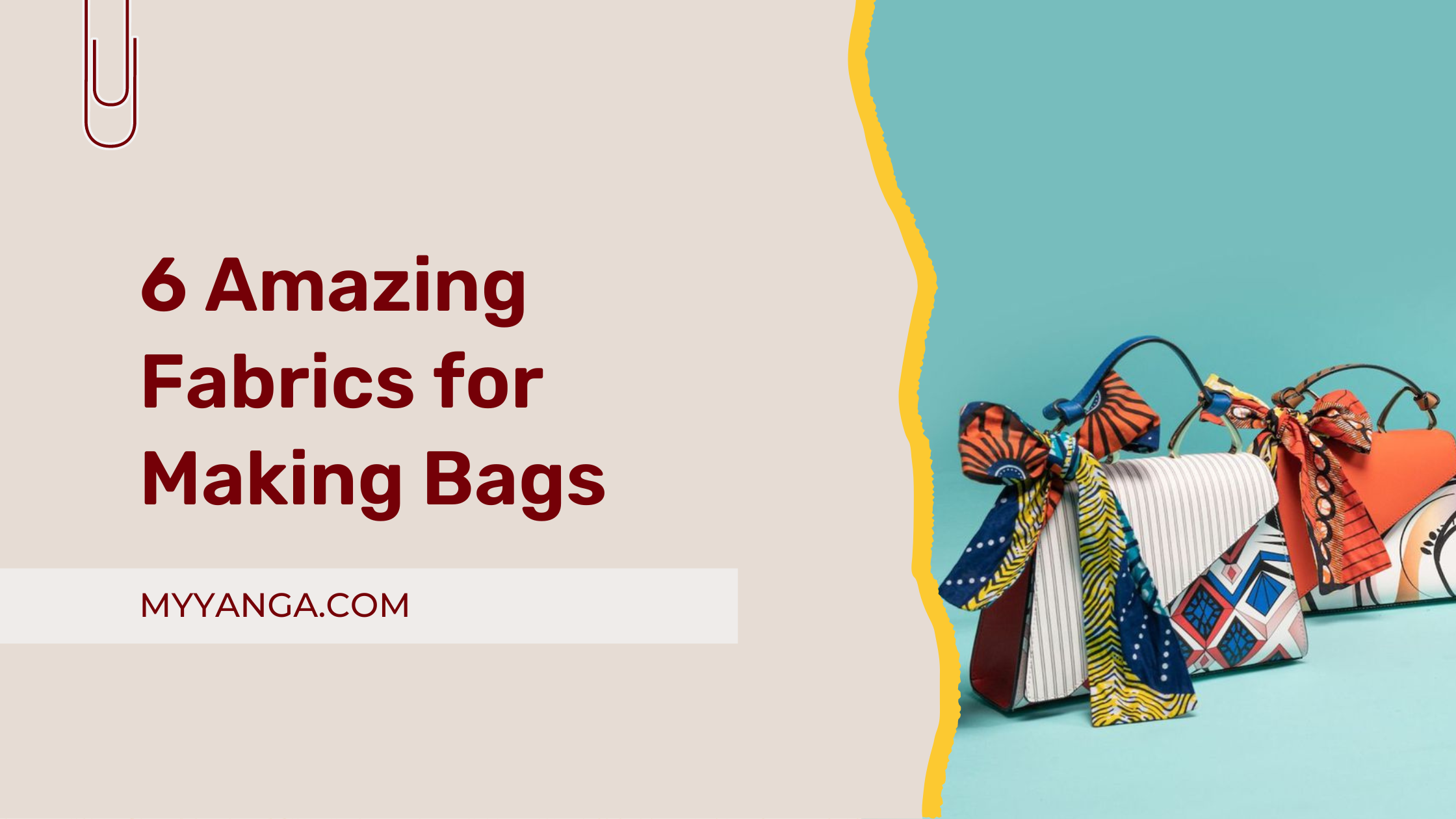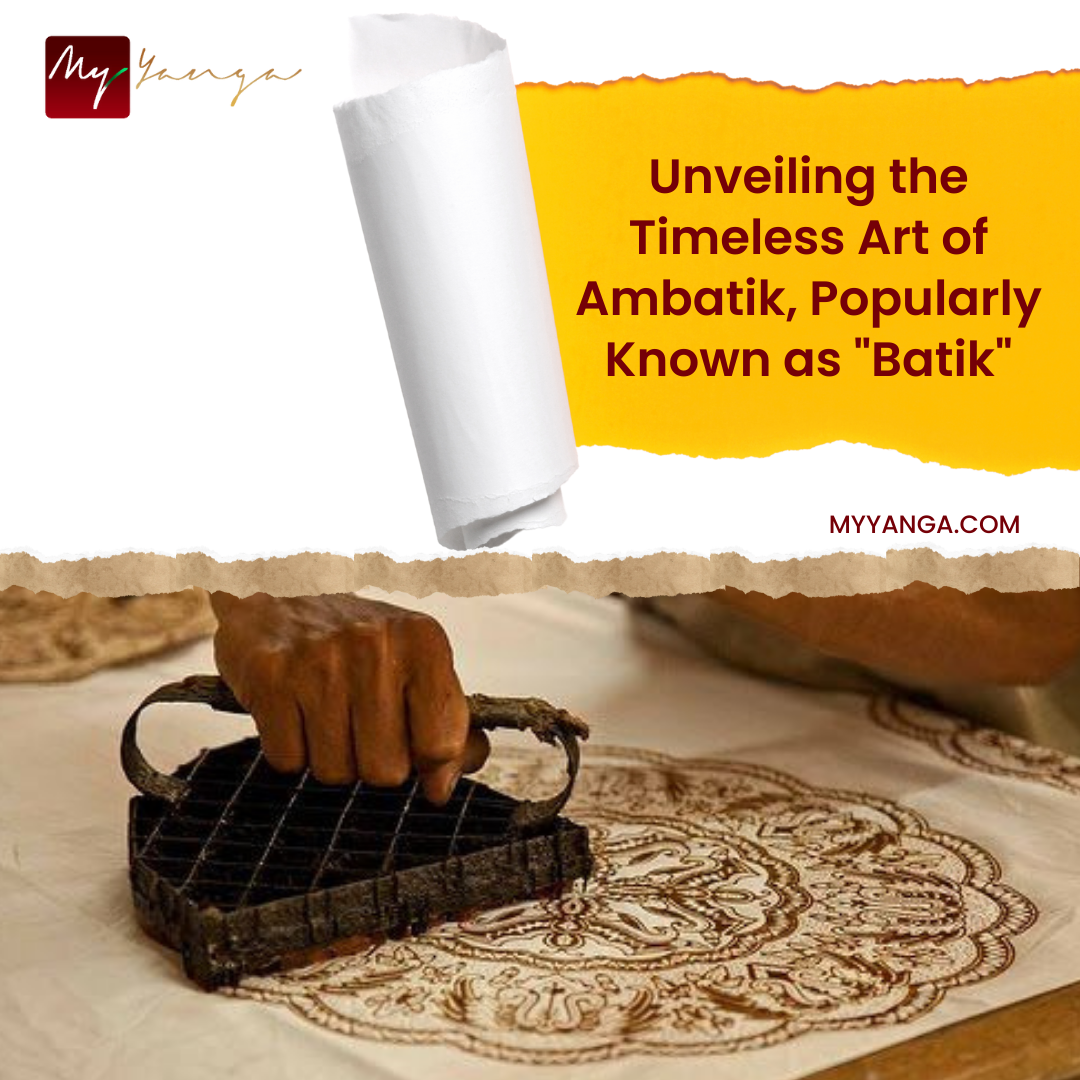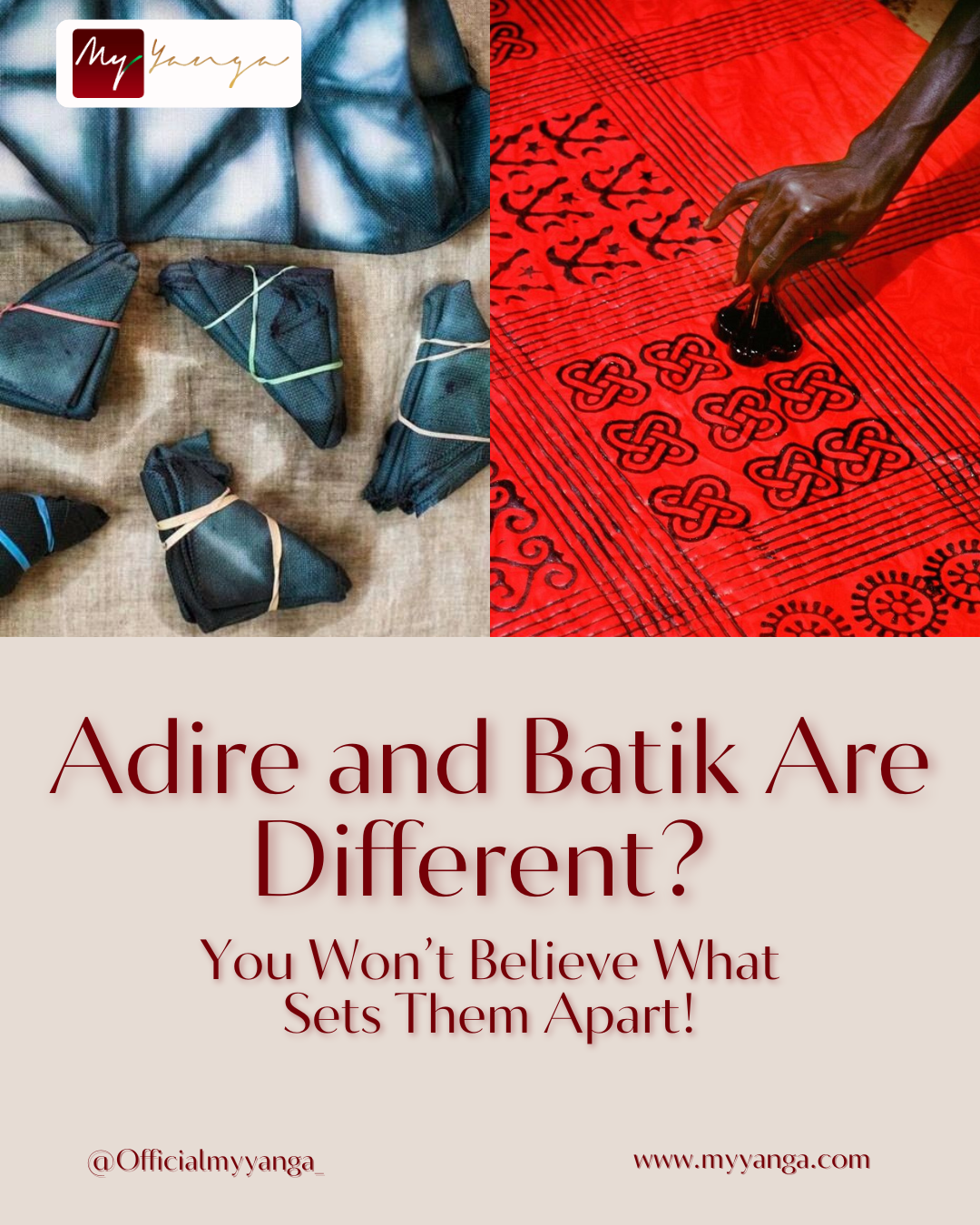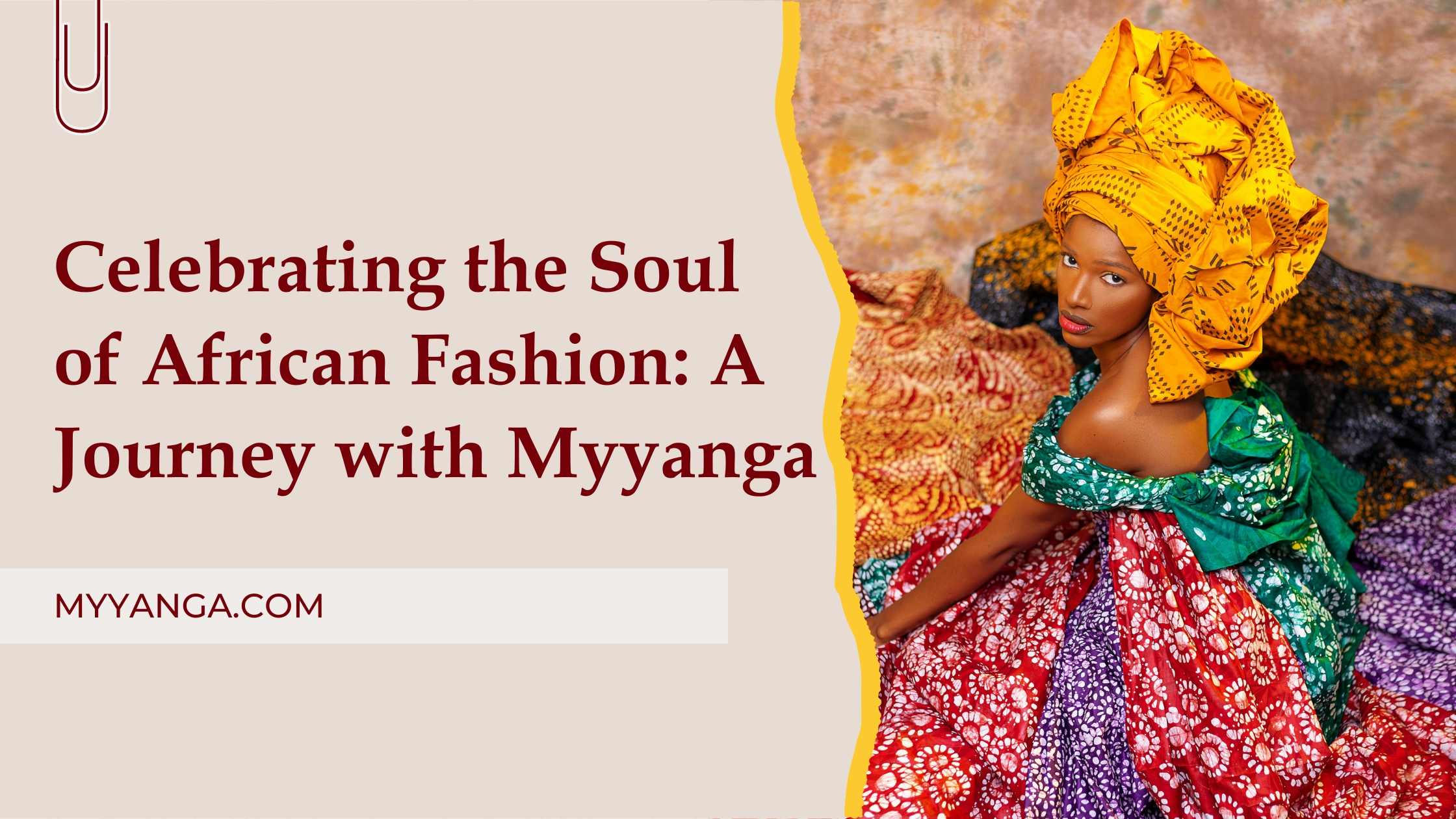Threads of Heritage
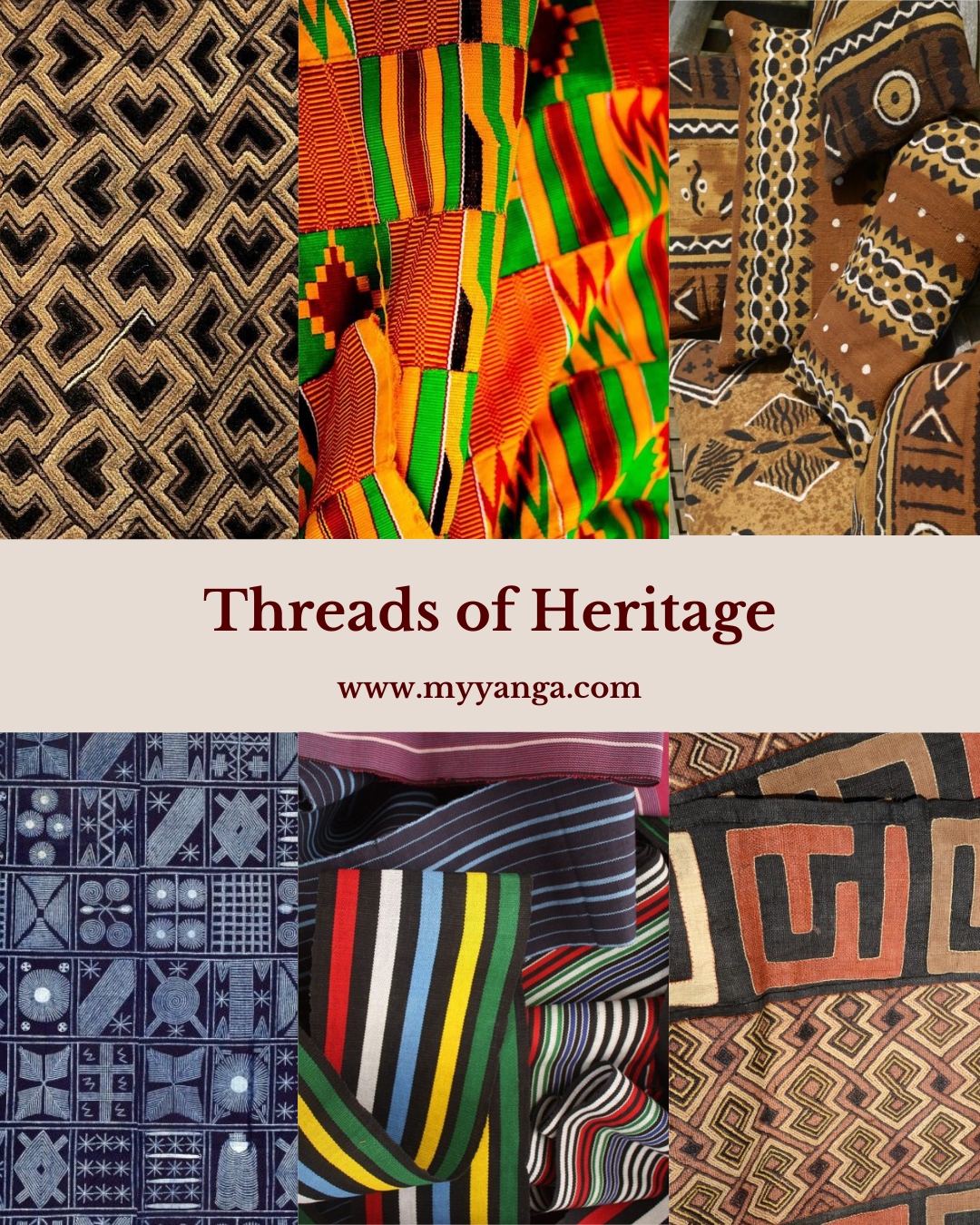
Exploring Africa’s Iconic Indigenous Fabrics and Their Timeless Stories
We hosted a 'Guess the Fabric' challenge on Instagram, and the results were eye-opening—most of our followers had little knowledge of these remarkable African textiles. This highlights the need to preserve and share the rich history behind these fabrics, each woven with meaning, identity, and tradition.
African textiles are a testament to the continent's rich cultural heritage, each fabric telling a unique story through its patterns, colors, and craftsmanship. Let's explore some of these remarkable fabrics, their identifying features, purposes, cultural significance, and intriguing historical facts.
Ndop Cloth
Origin: Bamileke people of Cameroon.
Identification: Ndop cloth is characterized by its deep indigo hue and intricate geometric patterns. Traditionally, these patterns are hand-drawn using a resist-dye technique, resulting in distinctive motifs that often symbolize proverbs or cultural narratives.
Purpose and Cultural Significance: Historically, Ndop cloth was reserved for royalty and significant ceremonies. It served not only as attire but also as a symbol of status and cultural identity within the Bamileke community.
Historical Fun Fact: The meticulous process of creating Ndop involves fermenting indigo leaves to produce the dye, a practice that has been passed down through generations, underscoring the community's deep connection to their ancestral traditions.
Adire
Origin: Yoruba people of Nigeria.
Identification: Adire is known for its resist-dye patterns, typically in shades of blue. Artisans use methods like tying, stitching, or applying starch paste to create intricate designs before dyeing the fabric with indigo.
Purpose and Cultural Significance: Originally, Adire was worn during special occasions and signified cultural identity. Over time, it has become a symbol of Nigerian heritage and is now embraced in contemporary fashion.
Historical Fun Fact: The term "Adire" translates to "tie and dye," reflecting the techniques used. Historically, the craft was predominantly practiced by women, making it a significant aspect of female entrepreneurship in Yoruba culture.
Rabal
Origin: Mauritania.
Identification: Rabal is a lightweight, handwoven fabric, often in white or light hues, designed to suit the hot Saharan climate.
Purpose and Cultural Significance: Primarily used for veils and wraps, Rabal serves both practical and cultural purposes, providing protection from the sun while adhering to traditional dress codes.
Historical Fun Fact: The weaving of Rabal is a traditional craft in Mauritania, with techniques passed down through generations, reflecting the adaptability and resilience of Saharan communities.
Kente
Origin: Ashanti people of Ghana.
Identification: Kente is distinguished by its vibrant colors and intricate geometric patterns. Each design carries specific meanings, often associated with proverbs, historical events, or important concepts.
Purpose and Cultural Significance: Traditionally, Kente was reserved for royalty and special occasions. Today, it is a symbol of African pride and is worn during significant events and celebrations.
Historical Fun Fact: The word "Kente" means "basket" in the Akan dialect, referencing the cloth's woven appearance. Each pattern and color combination is carefully chosen to convey specific messages, making Kente a form of visual communication.
Aso Oke
Origin: Yoruba people of Nigeria.
Identification: Aso Oke is a handwoven fabric, often featuring intricate patterns and a lace-like appearance. It is typically woven in strips, which are then sewn together to create larger pieces.
Purpose and Cultural Significance: Aso Oke is traditionally worn during weddings, chieftaincy titles, and festivals, symbolizing prestige and cultural identity.
Historical Fun Fact: The purplish-red dye called "aluru" is highly prized in Yoruba culture and is often used in Aso Oke to signify wealth and status.
Mud Cloth (Bogolanfini)
Origin: Bamana people of Mali.
Identification: Mud cloth features hand-painted designs using fermented mud, resulting in rich rusts, browns, and blacks. The patterns are highly geometric, with thick lines and symbolic motifs.
Purpose and Cultural Significance: Traditionally, mud cloth was used for hunting, ritual protection, and as a status symbol. Today, it is celebrated as a symbol of Malian cultural heritage.
Historical Fun Fact: The process of creating mud cloth is labor-intensive, involving multiple stages of dyeing and painting. Each piece is unique, with patterns that can denote the wearer’s social status, occupation, or character.
Kuba Cloth
Origin: Kuba people of the Democratic Republic of the Congo.
Identification: Made from raffia palm fibers, Kuba cloth is known for its bold, geometric patterns, which are meticulously handwoven and embroidered.
Purpose and Cultural Significance: Kuba cloth holds deep cultural significance, often used in ceremonies and as a status symbol.
Historical Fun Fact: The intricate designs of Kuba cloth are not just decorative but also serve as a form of storytelling, conveying historical events and societal values.
Shoowa
Origin: Shoowa subgroup of the Kuba people, Democratic Republic of the Congo.
Identification: Shoowa textiles are a variant of Kuba cloth, known for their softer, velvety texture and intricate, labyrinthine patterns.
Purpose and Cultural Significance: These textiles are used in ceremonial contexts and as indicators of wealth and prestige within the community.
Historical Fun Fact: The complexity of Shoowa designs reflects the high social status of the weavers, and the textiles often play a role in important life events.
The art of African textile-making is a living tradition, passed down through generations and continuously evolving. Today, these fabrics are not only cherished within their communities but are also gaining global recognition in contemporary fashion and design. By learning about and embracing these textiles, we celebrate Africa’s rich heritage and ensure that these traditions continue to inspire the world.

